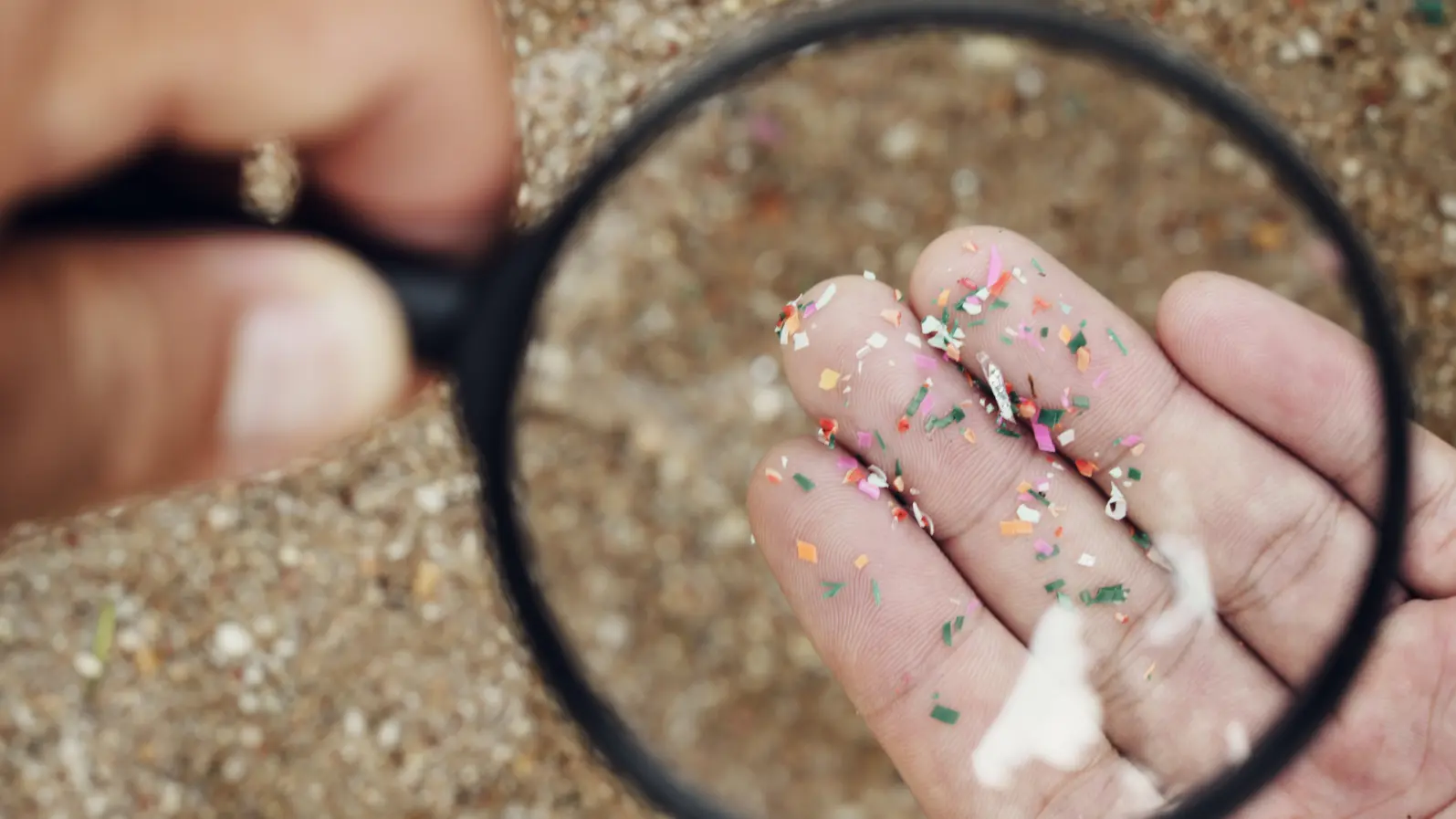
Beyond Microbeads: How Everyday Cosmetics Still Feed the Microplastic Problem
The Plastic You Don’t See
Most people know that tiny plastic “microbeads” were once added to face scrubs and toothpastes — and that many countries have now banned them. But the story doesn’t end there.
A new review led by researchers at the University of Birmingham and University of Liverpool warns that cosmetics and personal care products are still a major source of microplastic pollution — especially the ones we don’t wash off.
While regulations have mostly targeted “rinse-off” products like scrubs and soaps, the study reveals that “leave-on” cosmetics — such as sunscreens, moisturizers, deodorants, and makeup — are filled with microscopic plastic ingredients that remain largely unregulated and understudied.
Hidden Plastics in Everyday Products
Microplastics are defined as plastic particles smaller than 5 millimeters. In cosmetics, they can be intentionally added for many reasons — not just to scrub your skin.
In “leave-on” products, these plastics act as thickeners, smoothers, or film-formers, helping makeup spread evenly or lotions feel silky. But once applied, they can enter the environment through washing, wiping, or even the air when sprays are used.
Despite this, most research so far has focused only on rinse-off products, leaving a big knowledge gap about what’s in the cosmetics we keep on our skin for hours each day.
What the Review Found
The researchers analyzed nearly 200 scientific papers and found that:
Only 38 studies have directly tested cosmetics for microplastics — and almost all focused on rinse-off types like scrubs and soaps.
Among thousands of tested products, 16% contained microplastics, mainly polyethylene (PE), a common plastic also used in packaging.
Only two studies included leave-on cosmetics, and both found microplastics — meaning the problem is likely much bigger than documented.
Most studies didn’t report how much microplastic was present, making it difficult to estimate environmental impacts.
Even wastewater treatment plants can’t catch everything — up to 20% of microplastics from cosmetics can slip through filters and end up in rivers, oceans, or soil.
What Does This Mean for Health and the Planet?
Microplastics don’t just float harmlessly away. They can carry toxic chemicals, accumulate in organisms, and are now being found in human blood, lungs, and even placentas.
In lab tests, microplastics from face scrubs affected the growth of aquatic plants and small animals like water fleas and snails. Meanwhile, nanoplastics — even tinier fragments — have been shown to stick to human skin cells, disrupting their normal function.
This raises serious questions about what long-term exposure might mean for human health — especially from leave-on products applied daily for decades.
The Regulation Gap
The 2023 update to Europe’s REACH regulation bans intentionally added microplastics in cosmetics, but there’s a catch:
Rinse-off products must comply by 2027.
Leave-on products have until 2035 — a 12-year delay.
That gives industry plenty of time to adapt, but it also means microplastic pollution from cosmetics will continue for another decade.
Even more concerning, the methods to detect and monitor microplastics in complex formulations like creams or foundations don’t yet exist. Without proper testing tools, enforcement will be difficult.
The Search for Safer Alternatives
Some companies are turning to “biodegradable” or plant-based plastics as replacements — but the review cautions that not all eco-labels mean safe.
Bioplastics such as polylactic acid (PLA) or natural mica flakes can also harm aquatic life or fail to break down under real-world conditions. “Green” replacements could become the next environmental problem if not carefully tested.
The authors stress that life-cycle assessments — from production to disposal — are essential before approving any new ingredients.
A Call for Action
The study ends with a warning: by focusing only on microbeads, we risk ignoring a much larger issue hiding in plain sight.
Microplastics in leave-on cosmetics are still slipping through the cracks of science and regulation, and with billions of beauty products sold each year, the cumulative effect could be massive.
The researchers urge policymakers, manufacturers, and scientists to apply the precautionary principle — act now to prevent harm, even before all the data is in.
As lead author Dr. Anna Kukkola puts it, “The microplastic problem in cosmetics isn’t solved — it’s just been rebranded.”
Reference
Kukkola, A., Chetwynd, A.J., Krause, S., & Lynch, I. (2024).
Beyond microbeads: Examining the role of cosmetics in microplastic pollution and spotlighting unanswered questions.
Journal of Hazardous Materials, 476, 135053.
DOI: 10.1016/j.jhazmat.2024.135053